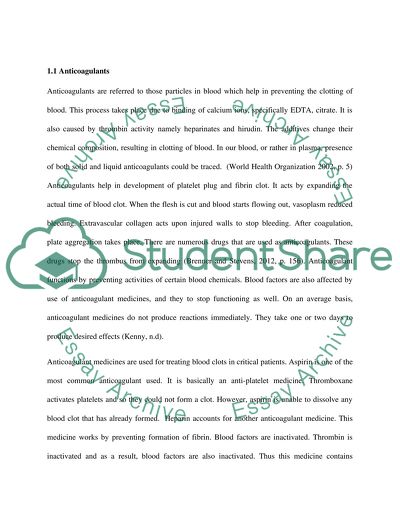Antithrombotic Therapy (Anticoagulant and Antiplatelet Therapy) in Dissertation. Retrieved from https://studentshare.org/health-sciences-medicine/1480223-antithrombotic-therapy-anticoagulant-and
Antithrombotic Therapy (Anticoagulant and Antiplatelet Therapy) in Dissertation. https://studentshare.org/health-sciences-medicine/1480223-antithrombotic-therapy-anticoagulant-and.


